Scientists have known for years that the average human body currently has thousands of microscopic pieces of plastic inside it.
But, thanks to a recent study, they now know these microplastics can make their way into the placenta, which means the next generation will literally be born with plastic inside of their bodies.
What Are Microplastics?
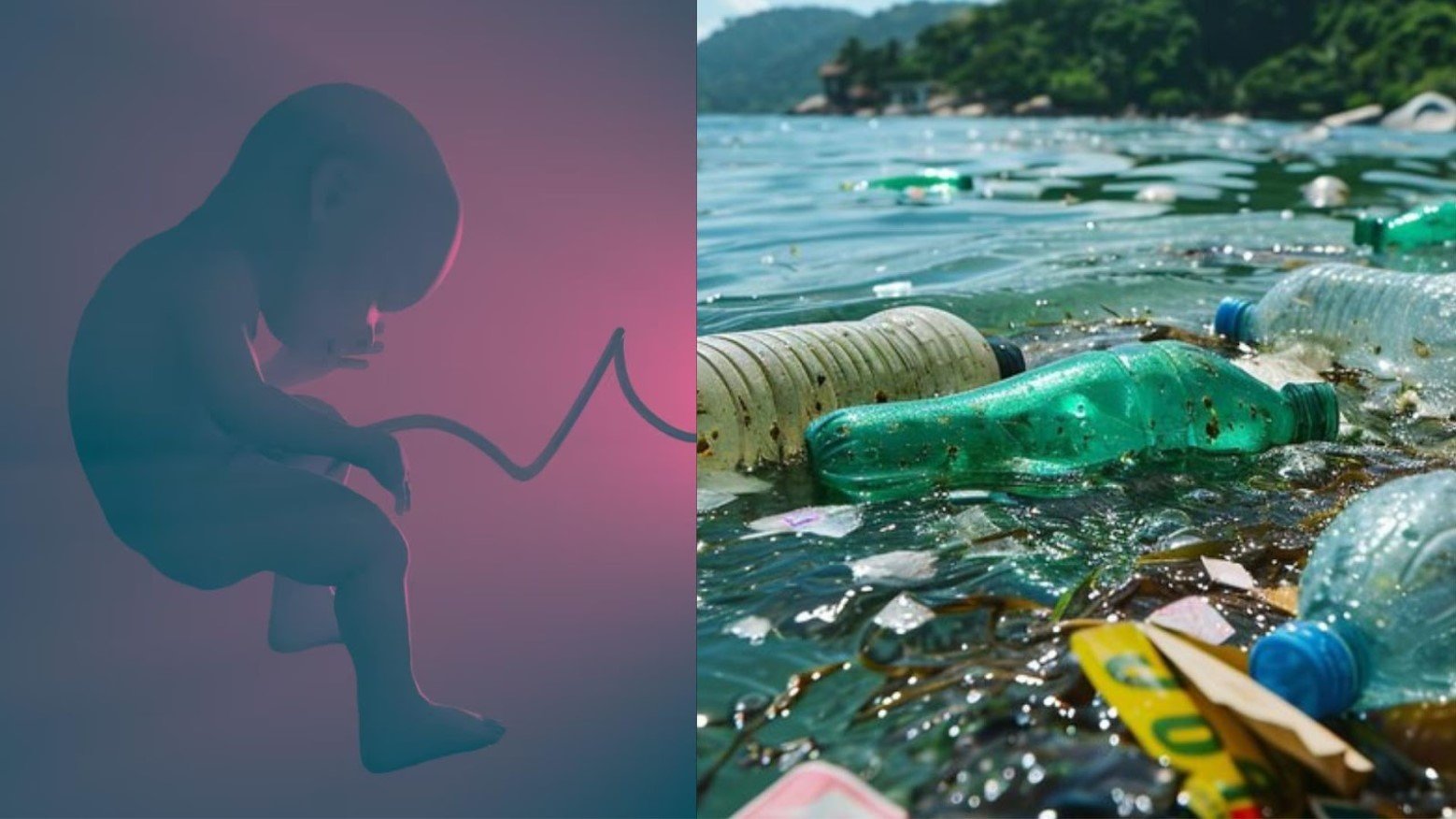
The term “microplastics” is thrown around quite a lot these days, but what does it actually mean?
Microplastics are tiny pieces of plastic that are typically smaller than 5mm in length. They are created when plastic products, such as bottles, bags, synthetic clothing, or various other items, begin to break down.
How Do Microplastics End Up in the Body?
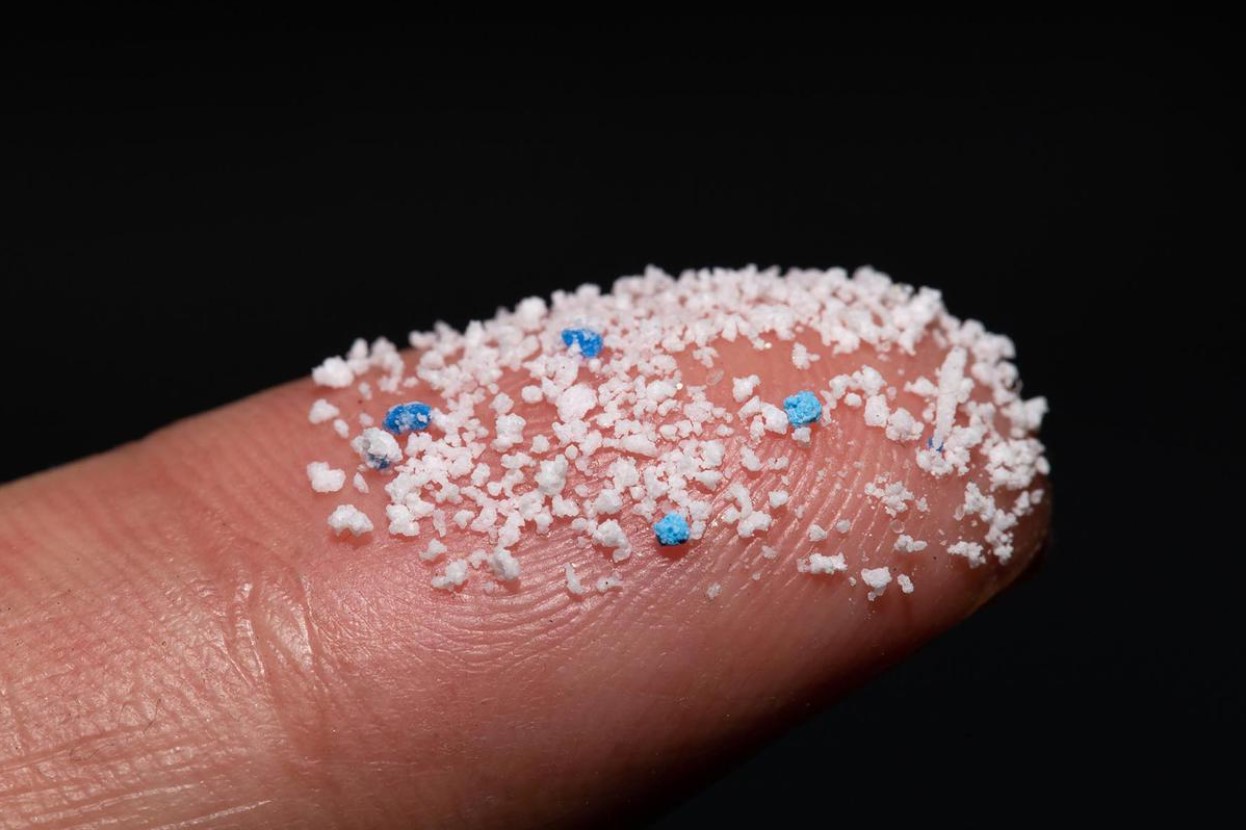
Scientists now understand that there are microplastics in almost all seafood, tap water, bottled water, other drinks such as beer, herbs like salt, and even the air all around us.
They also know that microplastics in the body can lead to serious health problems, such as various toxicity problems, immune system malfunctions, DNA damage, organ dysfunction, and developmental issues.
The Importance of a Healthy Placenta
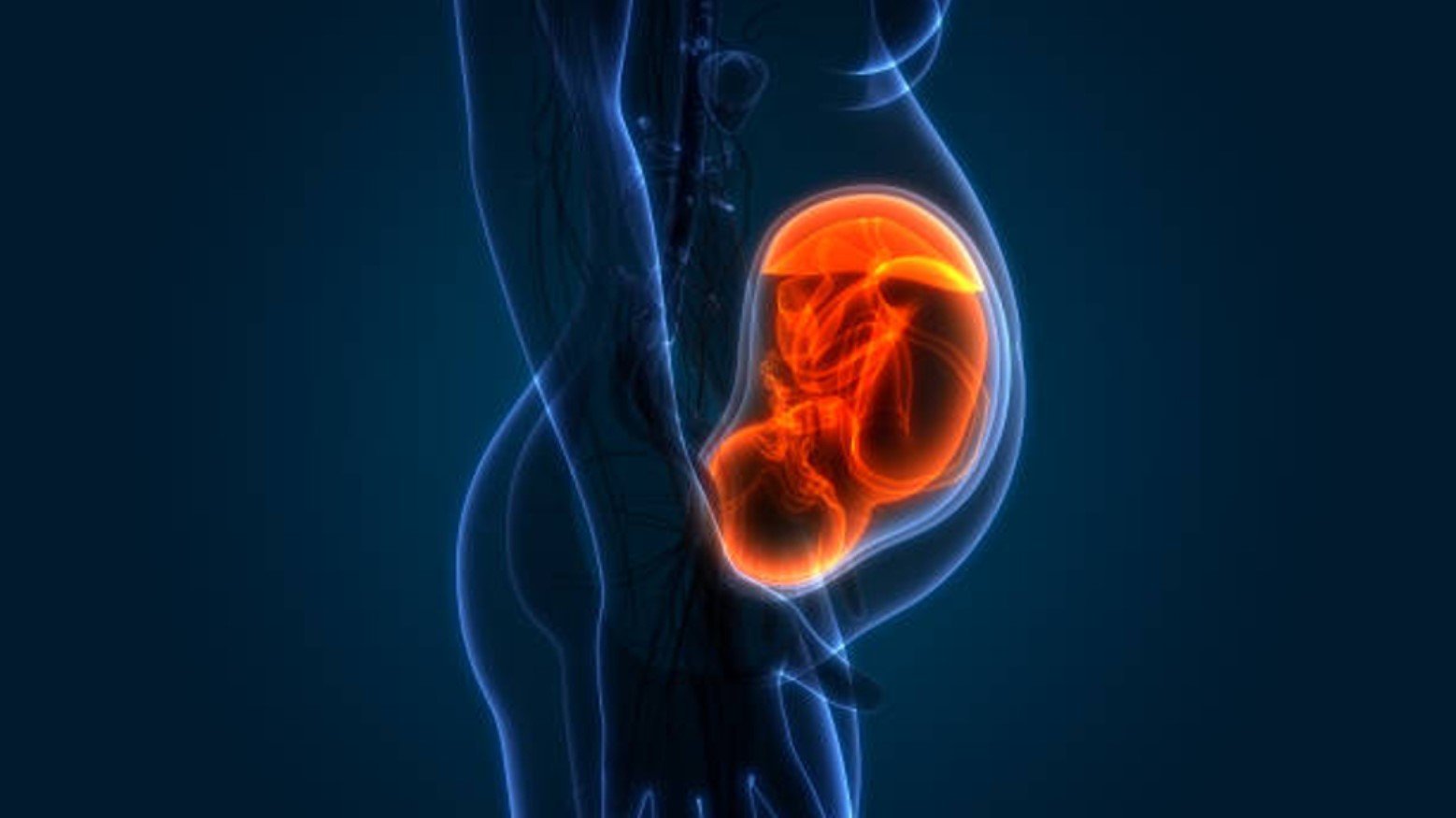
When women are pregnant, their body naturally creates an organ within the uterus called the placenta. This organ protects and feeds the fetus inside by providing oxygen and nutrients, as well as removing waste from its blood.
Therefore, a healthy placenta is absolutely crucial during pregnancy. But, unfortunately, any woman pregnant today likely has microplastics within her placenta.
2023 Study Found Microplastics Within Several Placentas

In 2023, scientists collected significant data that showed the majority of placentas now contain microplastics.
In a paper published by Elsevier and ScienceDirect, researchers found microplastics in 17 placentas. And within a few months, another study was released in Hawaii that showed microplastics in every single placenta sample.
The Concentration of Microplastics in the Placentas Was Higher Than in the Bloodstream
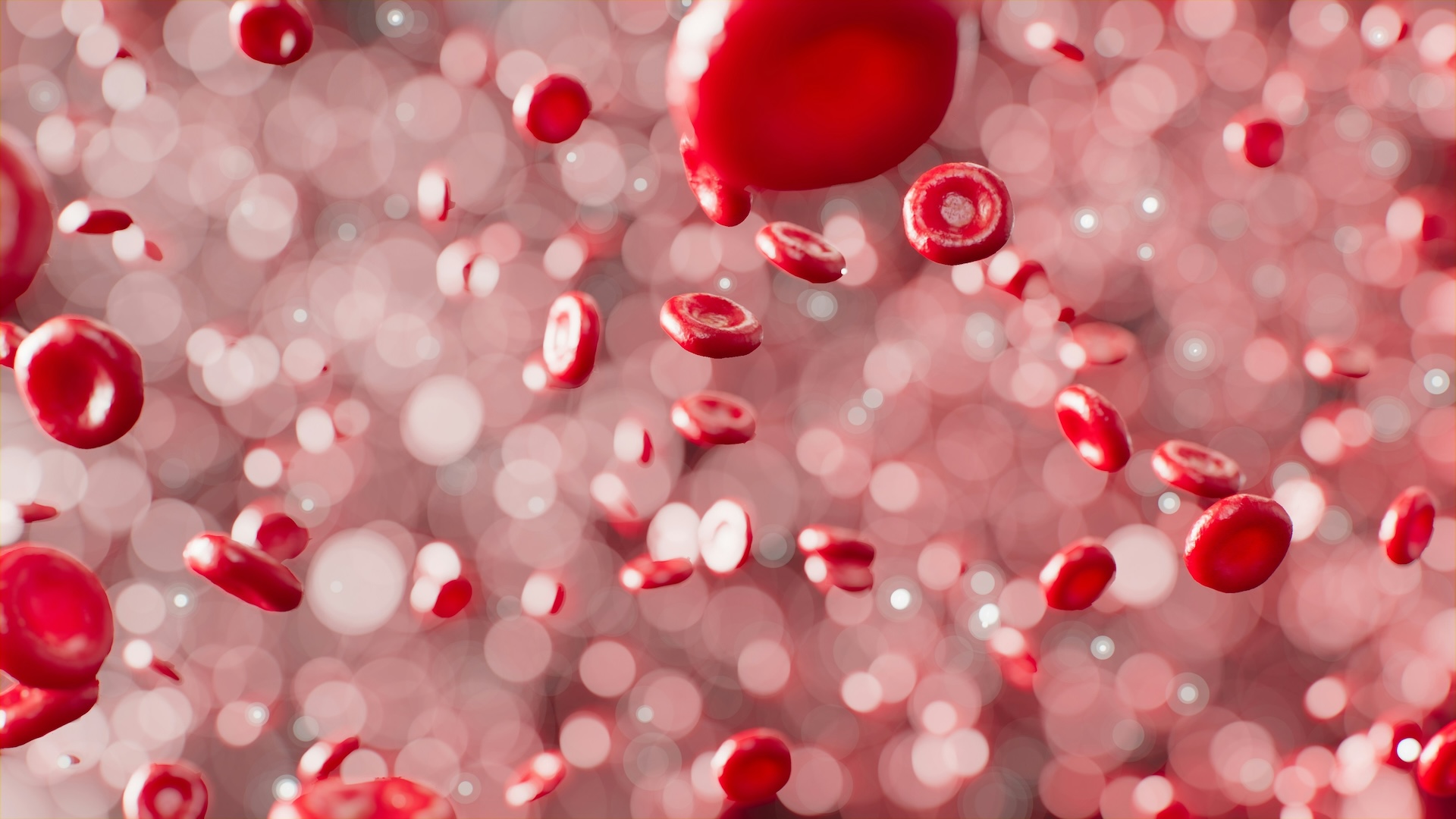
The researchers noted that while the pieces of microplastic that were identified within the placentas were much smaller than those they’ve found in human blood, the concentration levels were significantly higher.
In the bloodstream, scientists typically find about 1.6 micrograms per gram (or milliliter), whereas, in the placentas, they found anywhere between 6.5 to 685 micrograms per gram of tissue.
How Can Placentas Have More Microplastics Than the Bloodstream?
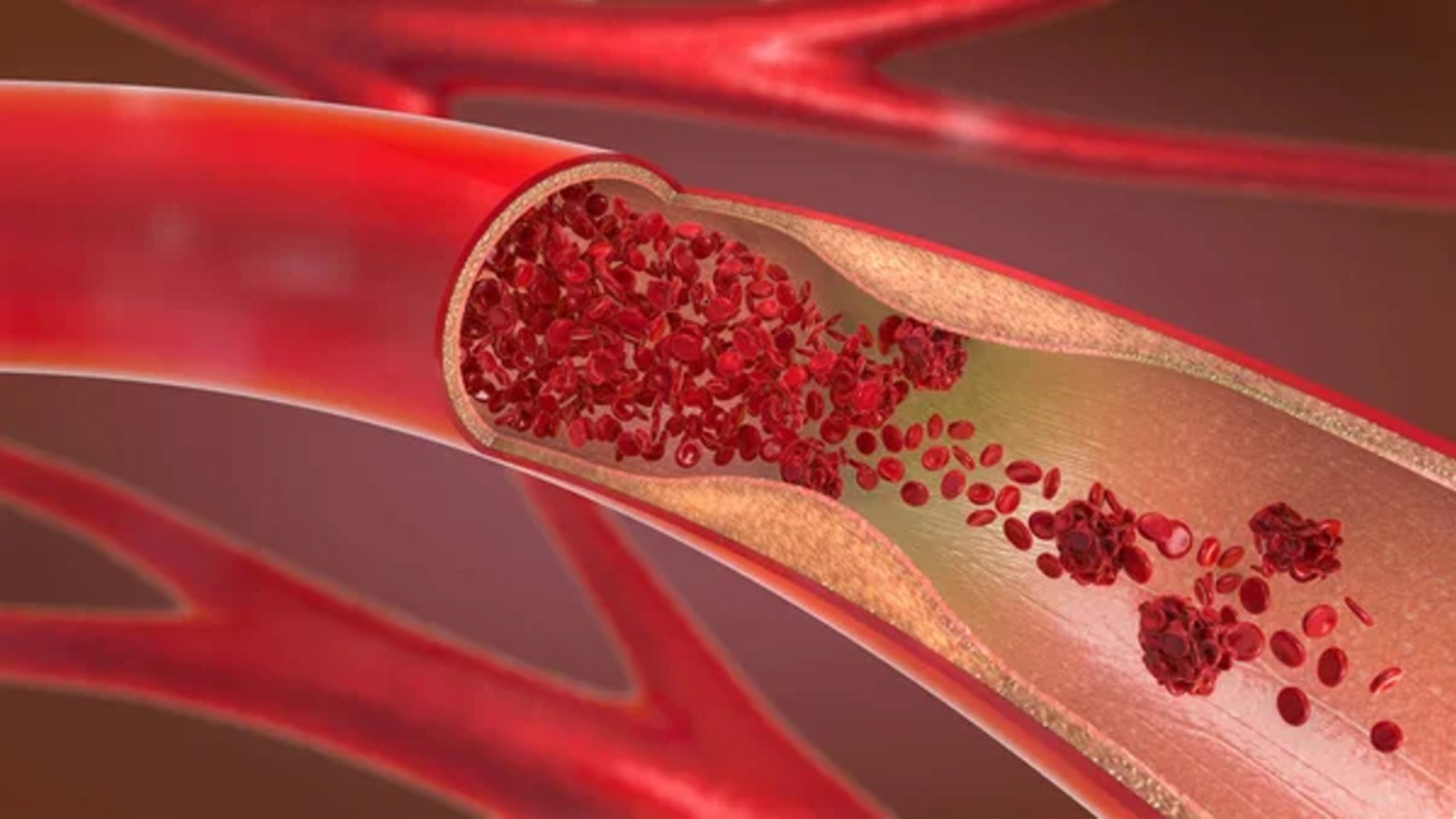
Essentially, while the rest of the body is already functioning as it has done for one’s entire life, during pregnancy, the body literally makes an entirely new organ from scratch, which requires a lot of blood.
The researchers who published the study explained, “The placenta receives relatively high blood flow and takes up a great deal of nutrients from the maternal blood, which might make it more highly exposed.”
Why Is This New Information?
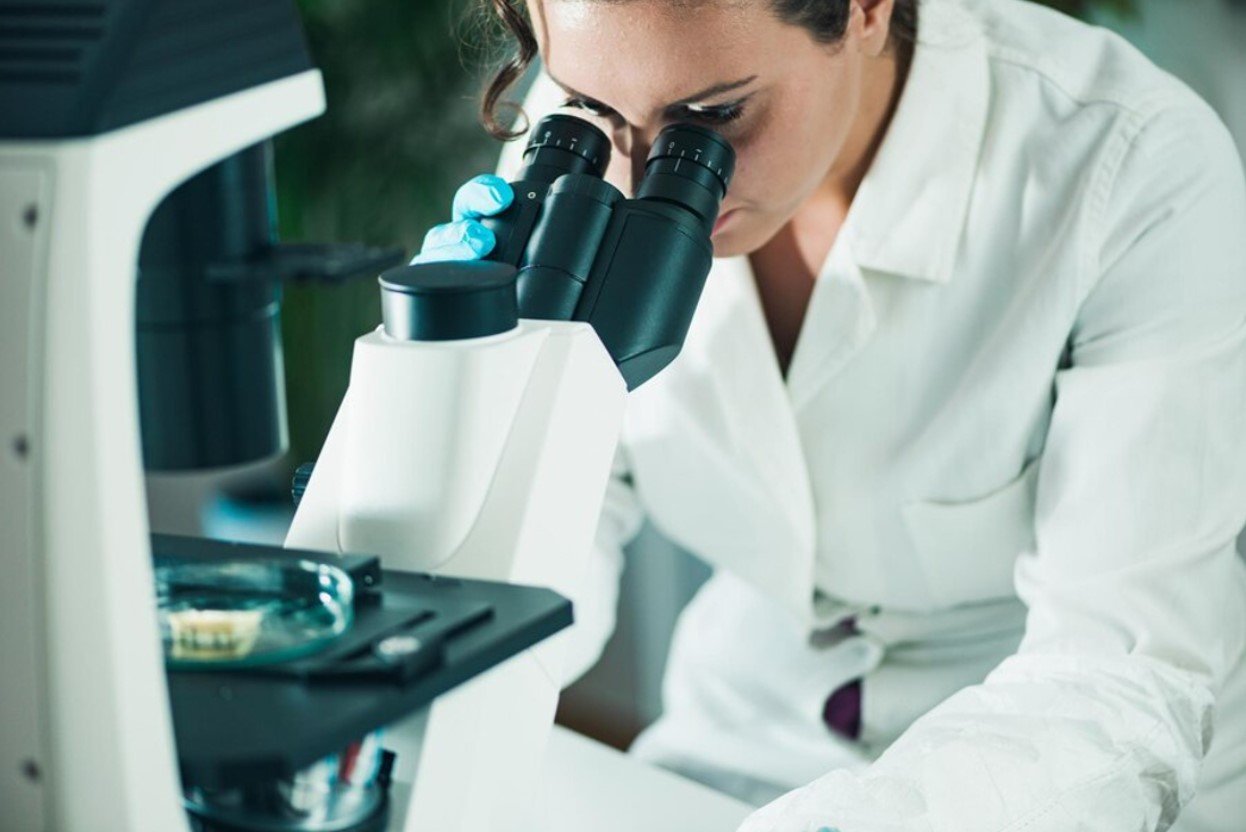
Scientists have known about microplastics and have been studying their effects on the human body for years, so why is the data collected about microplastics in placentas so groundbreaking?
There have been other studies on microplastics in placentas, but they didn’t find much. However, the newest study used a technique called LD-IR, which showed researchers that there were actually many more microscopic pieces of plastic in placentas than others had previously assumed.
Researchers Are Already at Work to Finding Out How Microplastics Affect Fetuses
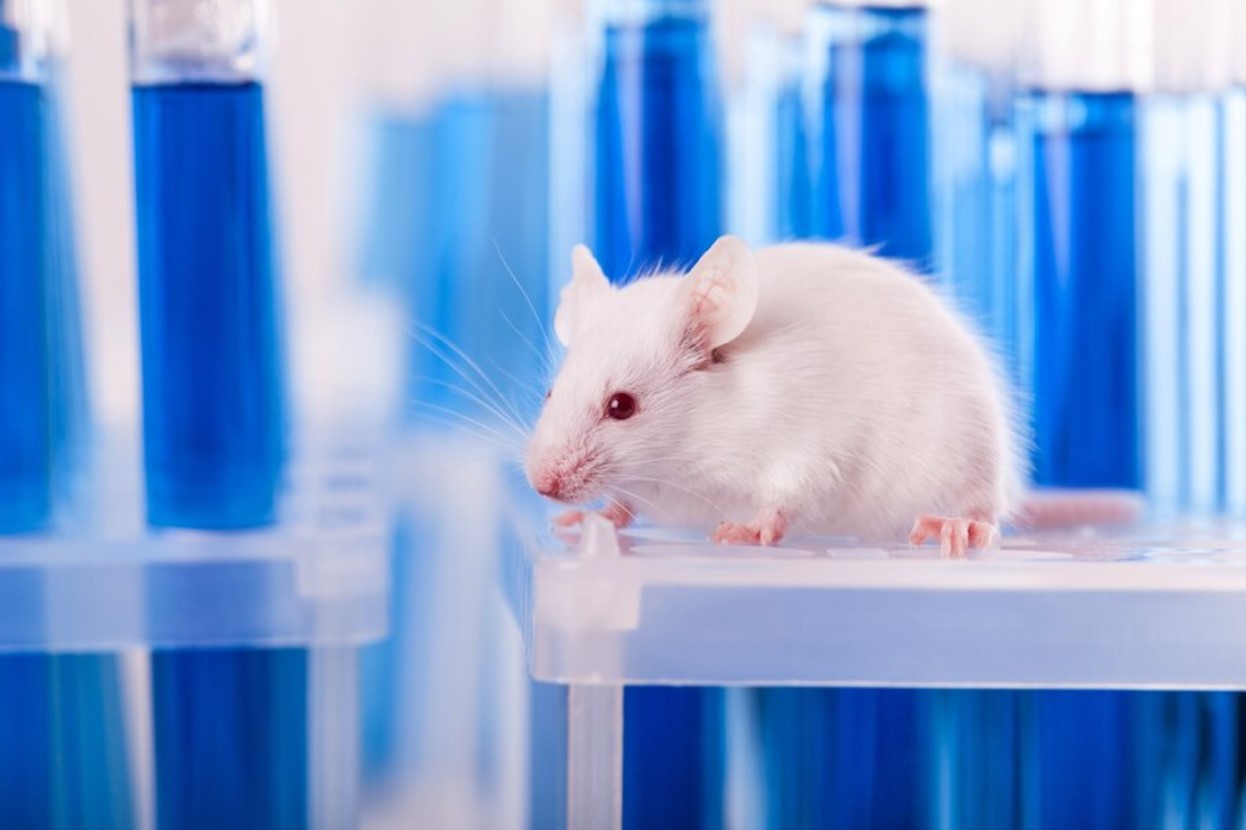
There hasn’t even been enough research conducted to confirm exactly what microplastics will do to the human body over time, let alone how these tiny pieces of trash will affect a growing fetus.
However, scientists are already hard at work trying to figure it out. One study, which collected data after infecting the placentas of pregnant mice with micro and nano plastics, reported that these pieces have the “potential to disrupt fetal brain development, which in turn may cause suboptimal neurodevelopmental outcomes.”
Some Scientists Believe This Research Is Inconclusive

It’s important to note that there are some who wonder if the data collected, which showed the substantial concentration of microplastics within placentas, was actually an “analytical error.”
One researcher explained that the excess microplastics could have been there due to “a combination of environmental, dietary, genetic, maternal age, and lifestyle factors.”
Much More Information Is Needed Before a Hypothesis Can Be Made
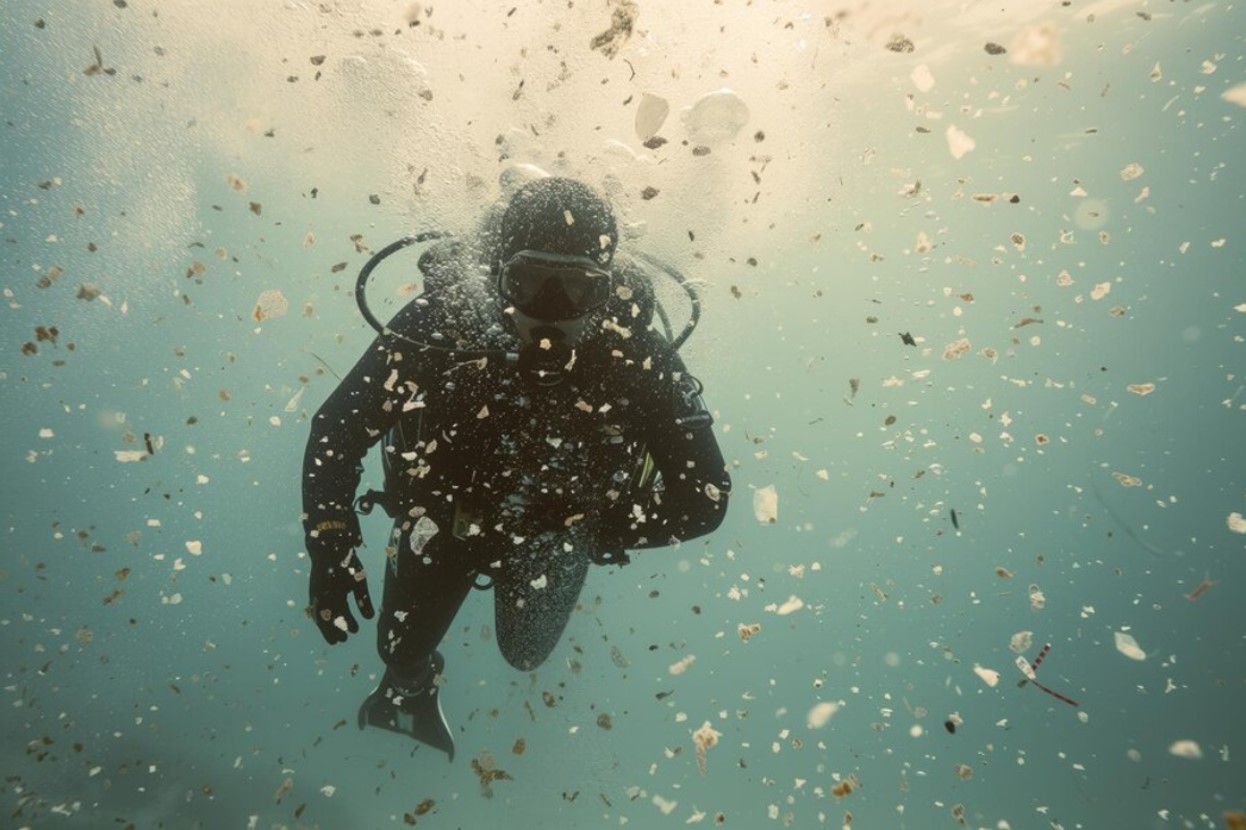
When it comes to science, one or two studies are nowhere near enough information for a hypothesis.
There will need to be far more extensive research conducted before anyone can say whether or not placentas around the world now have excessive microplastics or if these microplastics will negatively affect the growth and development of the fetus.
Is There Anything to Be Done to Decrease the Amount of Microplastics in the Body?
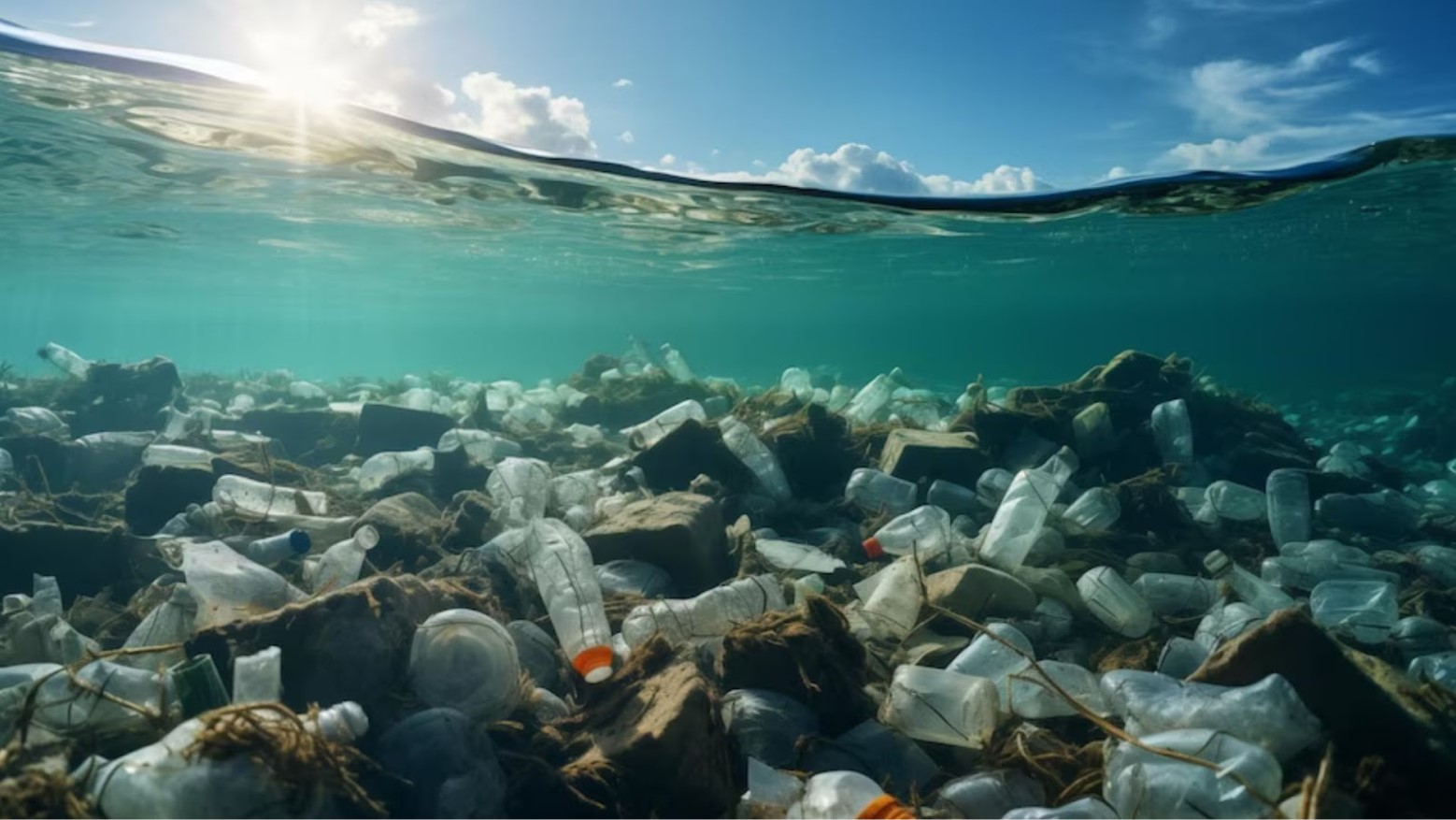
That being said, because we know that microplastics can cause health problems, even if there is a chance they are congregating in the placentas, many pregnant women may be wondering what they can do to at least decrease the amount of microscopic plastics entering their bodies.
While it can be challenging, the best way to limit the number of plastics entering the body is to avoid plastic containers and canned foods, use beauty and cosmetic products that aren’t stored in plastic, filter all water, and choose eco-friendly soaps and detergents. There are still microplastics in the air all around us, but taking those steps will certainly help.








































